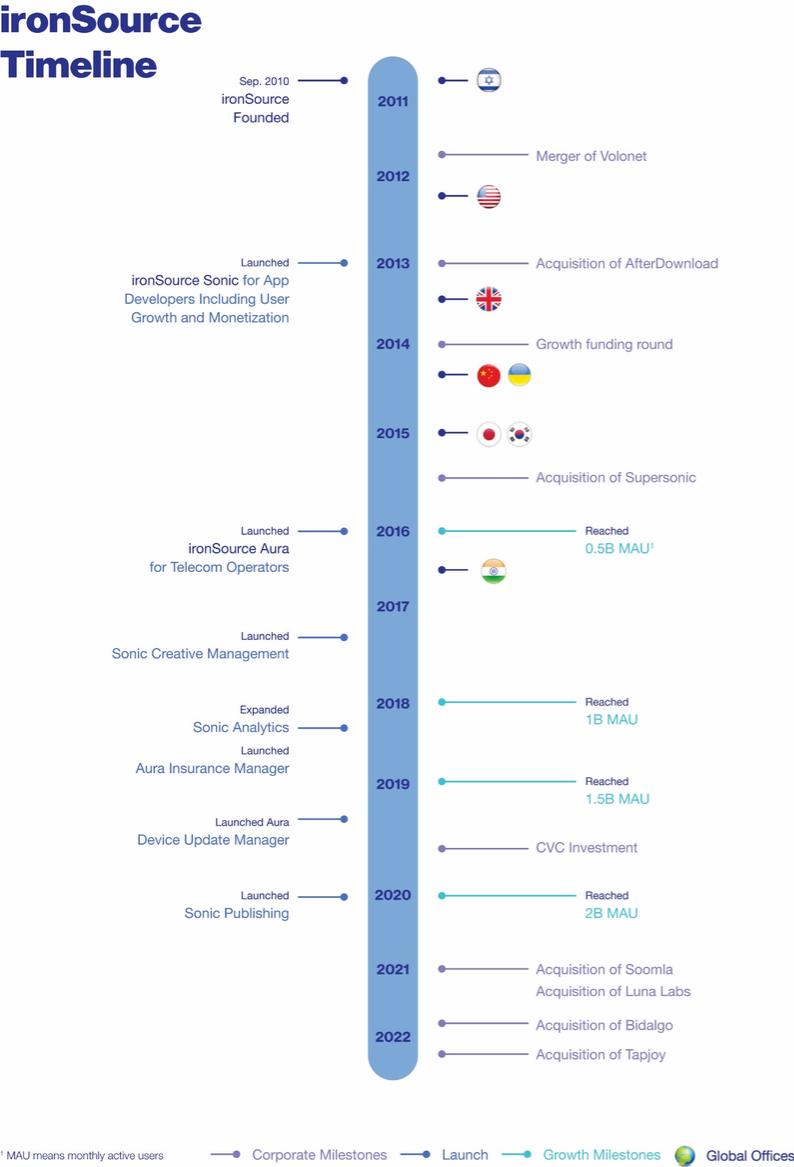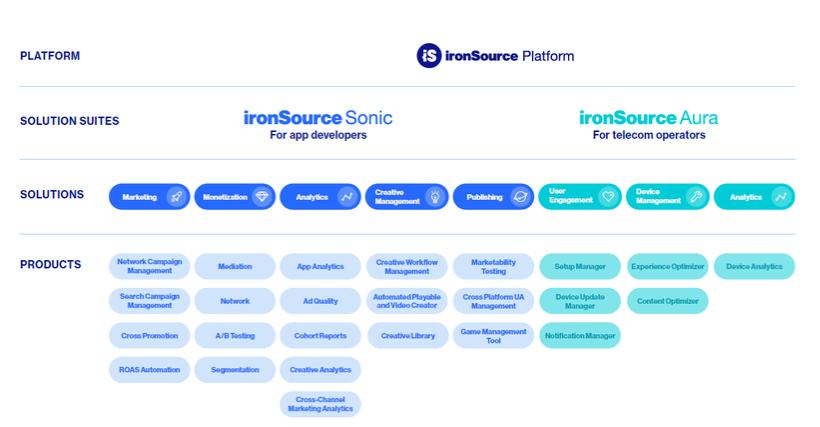Mr. Assaf Ben Ami, Chief Financial Officer. Compensation expenses recorded in 2021 of $725,000 in salary expenses and $176,000 in social benefit costs.
Mr. Tamir Carmi, Co-Founder, Chief Operating Officer. Compensation expenses recorded in 2021 of $725,000 in salary expenses and $174,000 in social benefit costs.
Mr. Arnon Harish, Co-Founder, President, Director. Compensation expenses recorded in 2021 of $725,000 in salary expenses and $176,000 in social benefit costs.
Mr. Omer Kaplan, Co-Founder, Chief Revenue Officer. Compensation expenses recorded in 2021 of $725,000 in salary expenses and $175,000 in social benefit costs.
Mr. Eyal Milrad, Co-Founder, Chief Strategy Officer. Compensation expenses recorded in 2021 of $725,000 in salary expenses and $174,000 in social benefit costs.
The salary expenses summarized above include the gross salary paid to the Covered Executives, and the social benefit costs include the social benefits paid by us on behalf of the Covered Executives, including convalescence pay, contributions made by the company to an insurance policy or a pension fund, work disability insurance, severance, educational fund and payments for social security. The salary expense and social benefit cost amounts were denominated in NIS and are presented herein in U.S. dollars based on the average representative exchange rate reported by the Bank of Israel for the year ended December 31, 2021.
We also recorded an expense for cash bonuses to our Covered Executives in accordance with the terms set forth in their employment agreements and 2021 performance parameters set by the compensation committee and the board of directors. The 2021 cash bonus expenses for Tomer Bar-Zeev, Assaf Ben Ami, Tamir Carmi, Arnon Harish, Omer Kaplan and Eyal Milrad were $965,000, $772,000, $772,000, $772,000, $772,000 and $772,000, respectively, as provided for in our 2021 financial statements (but due during 2022). The cash bonus amounts were denominated in NIS and are presented herein in U.S. dollars based on the exchange rate on December 31, 2021.
We recorded equity-based compensation expenses in our financial statements for the year ended December 31, 2021 for equity grants granted prior to ironSource becoming a publicly traded company to Messrs. Bar-Zeev, Ben Ami, Carmi, Harish, Kaplan and Milrad, of $9,588,000, $5,061,000, $4,794,000, $4,794,000, $4,794,000 and $4,794,000, respectively. These amounts reflect the expenses set forth in the financial statements for the year ended December 31, 2021 under GAAP using the accelerated method. The remaining expenses with respect to the equity grants to these executives will be recorded in the financial statements for the years 2022-2024. Assumptions and key variables used in the calculation of amounts underlying equity grants are described in Note 3(bb) to our audited consolidated financial statements included in Item 18 of this annual report. All equity-based compensation grants to our Covered Executives in 2021 were approved by the company's board of directors, and, in the case of the equity-based compensation granted to the Chief Executive Officer and other executives who also serve as directors, also by the company's shareholders, in accordance with the Companies Law.
Compensation for Non-Executive Directors
In June 2021, our shareholders approved ongoing compensation for our non-executive directors who are not affiliated with 3% or greater shareholders, whom we refer to as non-affiliated, non-executive directors. Pursuant to that approval, those non-affiliated, non-executive directors are paid an annual cash retainer and receive a fixed, automatic equity grant.
Cash retainer. The annual retainer for board membership by non-affiliated, non-executive directors is $50,000.
The annual retainer for committee membership for non-affiliated, non-executive directors is $12,500 for audit committee membership, $10,000 for membership on the compensation committee, and $5,000 for membership on the nominating and governance committee or any other board committee on which such a director may serve. The annual retainer for a non-affiliated, non-executive director serving as chair of the audit committee, the compensation committee and the nominating and corporate governance committee (which is in lieu of, and not in addition to, the retainer for committee membership) is $25,000, $20,000 and $10,000, respectively.
Equity awards. We grant RSUs to our non-affiliated, non-executive directors under our share incentive plans. Those plans are described below under “Equity Incentive Plans and Employee Share Purchase Plan.”
Upon initial election to the board of directors (or within 90 days thereof), each non-affiliated, non-executive director is granted an initial grant of RSUs having a fair market value of $250,000. On each subsequent annual meeting date (or within seven days thereof) during which the non-affiliated, non-executive director serves (assuming it is at least six months after the date of



